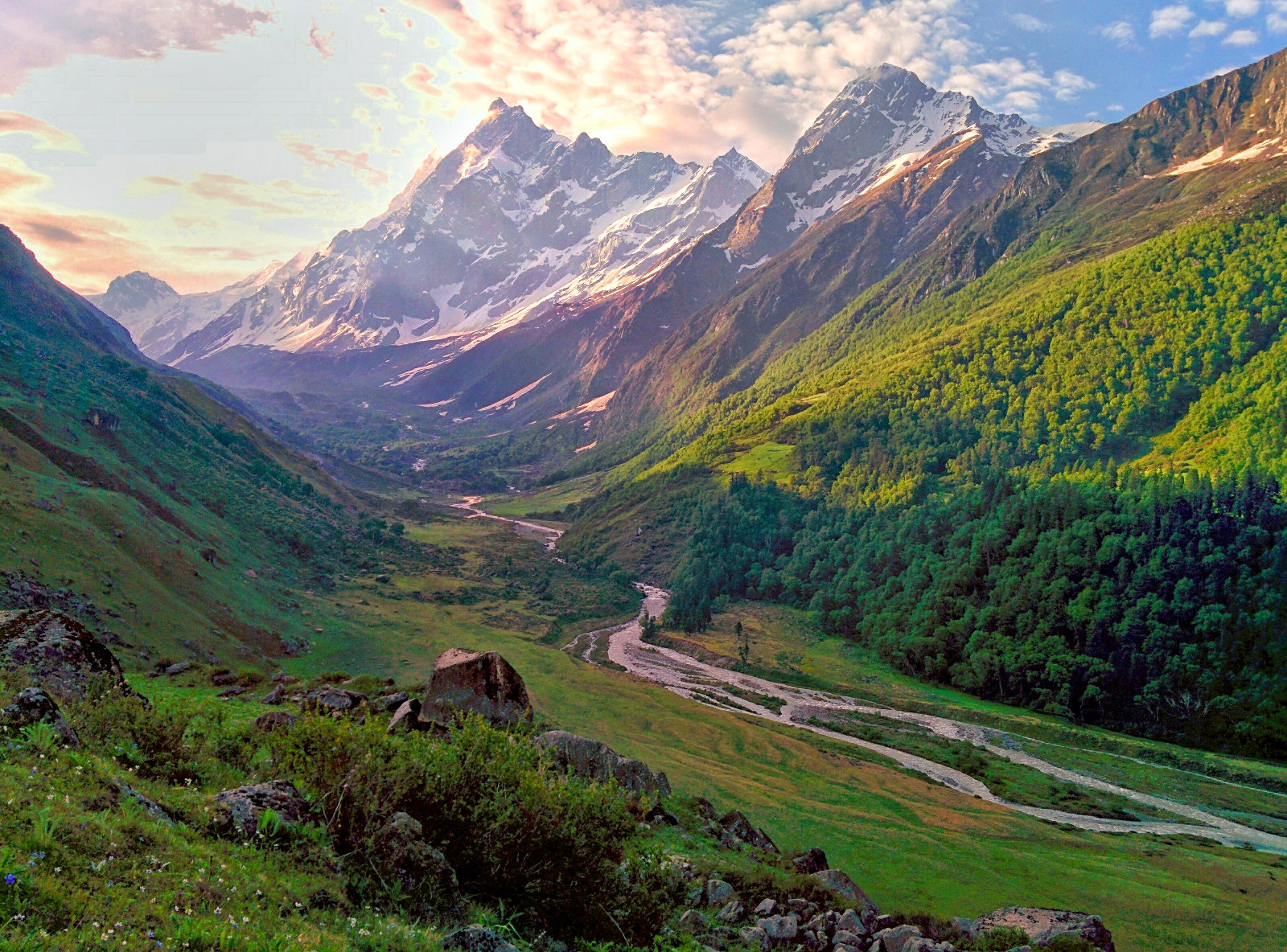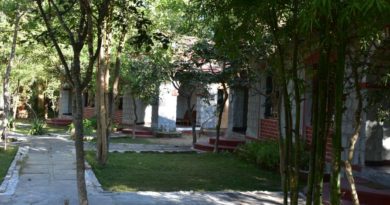Har Ki Dun Trek
Nestled in the northern parts of culturally rich India, is a ground which is known as the land of Gods, or Devbhoomi. As incredible as it can be to hear so figuratively, probably this land is rightly called so. Uttarakhand is a hub of tourists, pilgrimages, temples, religions, cultures, and also adventurers, and climbers; people from throughout the nation and the world, swarm into the laps of Uttarakhand’s Himalayan trails, for not only their wishes and faith but often id search of adventure and peace too. A perfect starting point for all kinds of Himalayan trekkers, trekking in Uttarakhand is indeed one of the most cherished adventure sports in India. Accordingly, the state incorporates an array of trails and treks to choose from. One of the many such treks is a cherished trek of the valley of Gods or Har Ki Dun Trek.
Mapped at the height of 12,000 ft above sea level, Har Ki Dun Trek is not only a sacred pilgrimage for many believers but also one of the easiest and thus a cherished trek by the first-timers. Hidden in the ridges of the remote and snow-adorned ranges of the Garhwal District’s foothills, this easy to moderate grade trek moves through the Uttarkashi District’s Govinda National Park, one of the major highlights of the route, and is 56 kilometres in distance. A significant natural habitat and conservatory park for a range of species; flowers, birds, and wild animals. You might be able to spot Golden Eagles, Langurs, Himalayan Griffins, Black bears, Leopards, gorgeous Barasingha, wild boars, and especially Himalayan monal, one of the important state birds. There are also natural medicinal herbs found in this amazing park. Another attractive part will be Tamsa River, along which you’ll walk inside the valley of Har Ki Dun.
The villagers of the valley might be found praying to the Hindu deity Duryodhana, a significant character in the epic tale of Mahabharata. In fact, according to Hindu mythology, the trail you’ll be covering during the trip is the very same trail that the Pandavas took after Mahabharata, to reach the threshold of Heaven, via the highest peak of the valley, Swargarhini. Other than this, there are a number of other mountains you’ll be witnessing throughout the trail, including, Ruinsara, Black peak, Bandarpoonch, and ranges Swargarohini.
The best time to visit this sacred and calming valley of Har Ki Dun, is in the months of November, December, January, March, April, and May. The trek will be covered with snow during these months. While, during the weeks between March to May, you might be just witnessing from afar or walking on the snow, during the days and months around December, you might be able to experience the snowfall. Thus, if you are looking for some thrill, lesser crowd, and at the same the gist of simplicity, then the best time to take a trip to Har ki Dun might be between November to January. The temperature on an average usually ranges between 15 to -5 degrees in all these months, with an exception to May, as it near summers, and the temperature might drop between 21 to -1.
With trekmunk, this trek will be completed within seven to nine and has been well-planned, to bring out the most from this valley to the trekkers within a minimal cost, and fairly defined route. Our journey will begin from the village of Sankri, and you’ll soon be enjoying the views of Govind National Park. We’ll be witnessing various special murals like, conifer, chir and needle pine, and deodar forests, flowers like irises, roses, bamboo,and chestnut, open fields of millet, potatoes, and maize, walking past hydroelectric run chafing units, campsite near Simatra, peaks of Swargarohini, Black Peak, Hata Peak, crossing through the Seema bridge, the village rich of natural herbs, and handmade items, Taluka.





Great post!
Thanks for sharing..